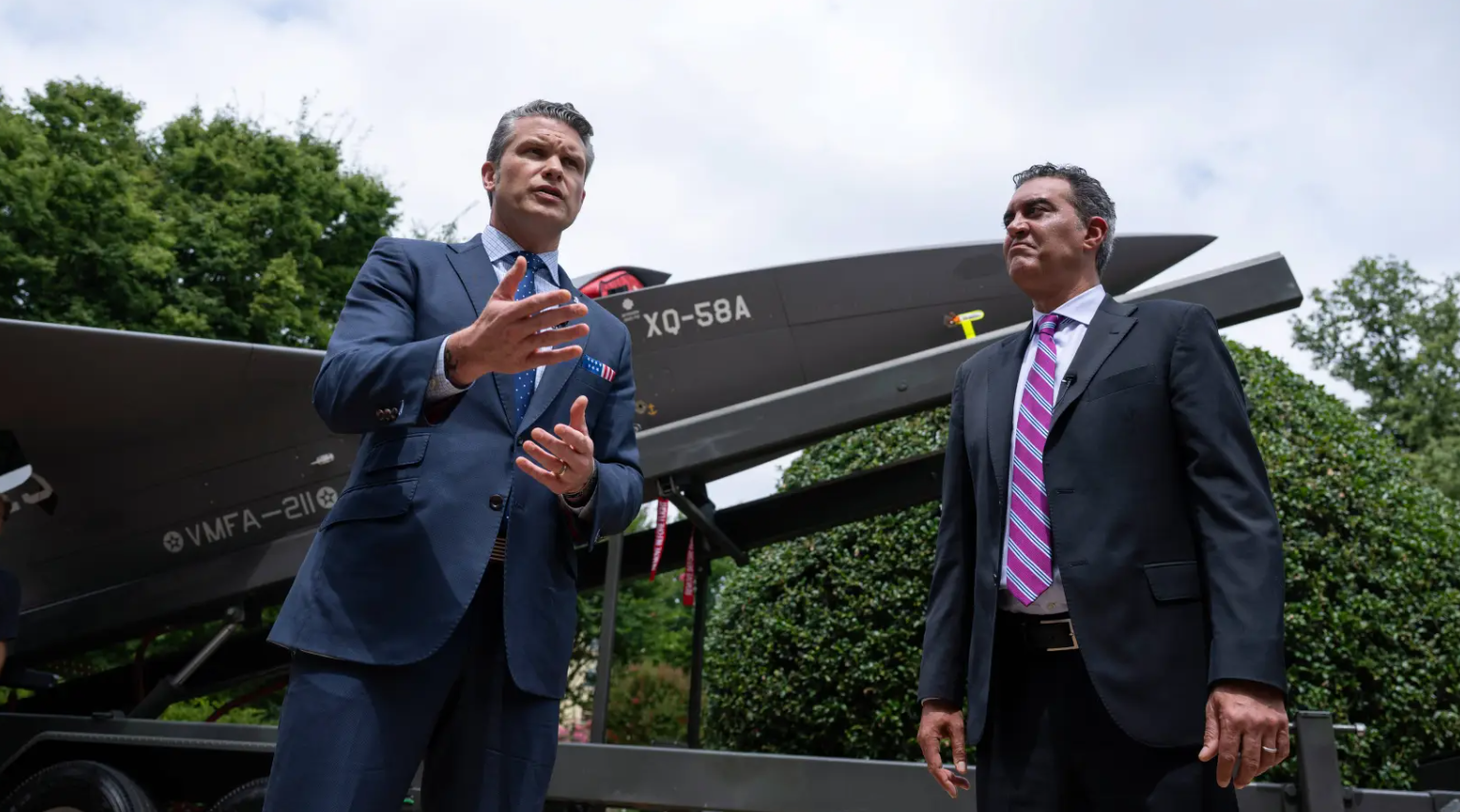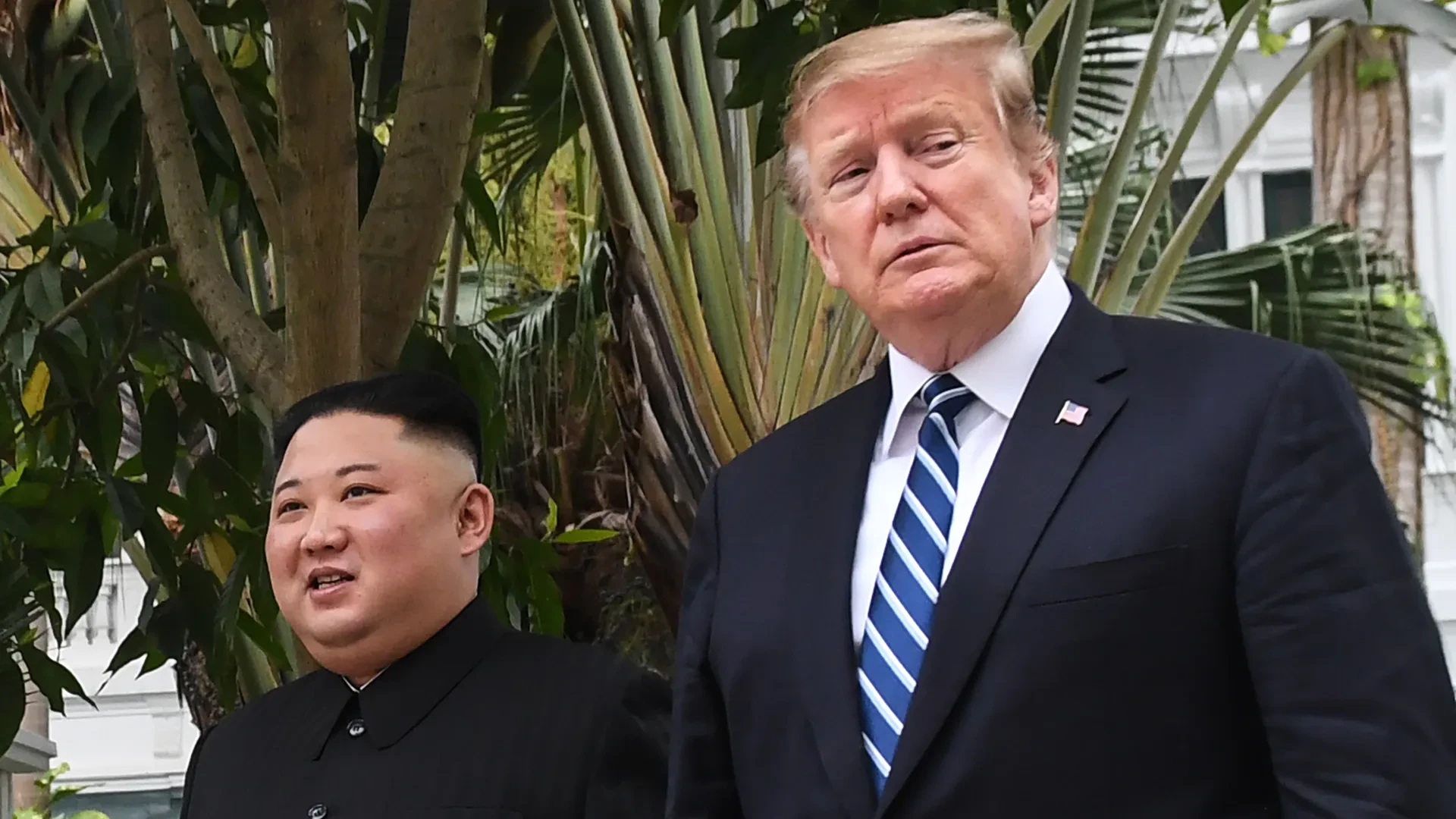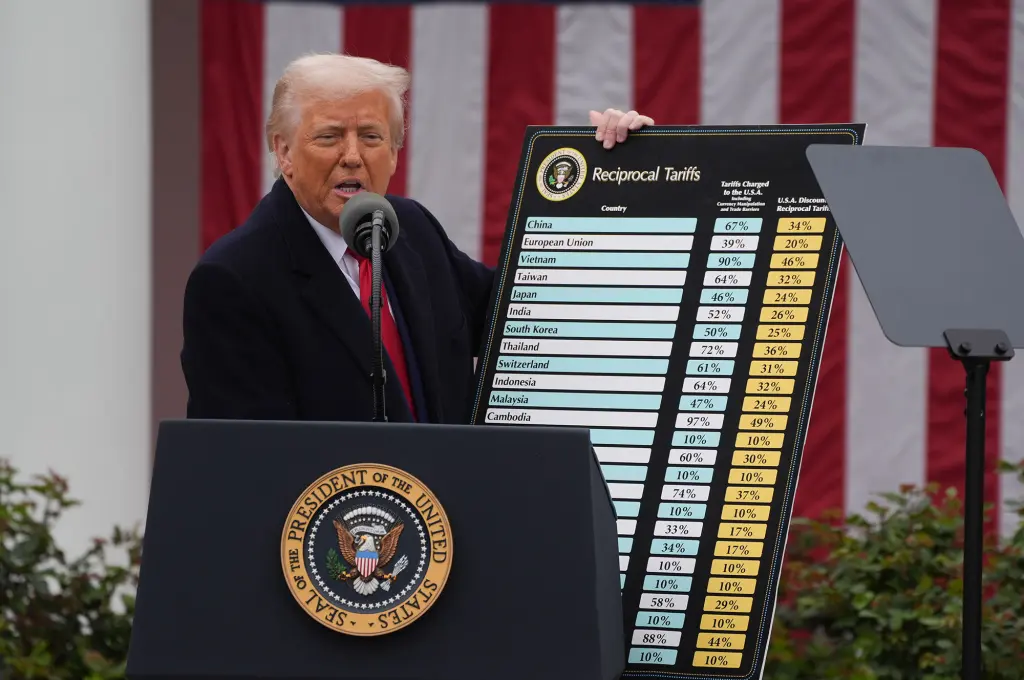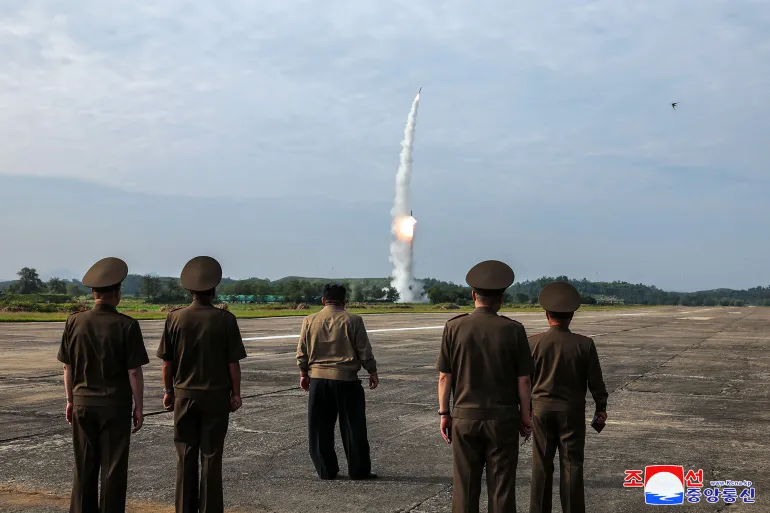The United States has terminated planned trade negotiations with India that were to take place in New Delhi from August 25-29 2025 thus halting economic diplomatic efforts between the nations. The United States made the decision to cancel talks with India on August 25-29 2025 after the Trump administration established new trade restrictions against India during August 2025.
The cancellation of the meeting drew major attention because it occurred the day following President Trump's bilateral meeting with Russian President Vladimir Putin on August 15. The US administration made the decision to stop the trade delegation from visiting New Delhi without sharing a public reason while stating future negotiations might occur without defining any future schedule.
A sixth round of trade agreement negotiations aimed to resolve previous deal-blocking issues during discussions that focused on a bilateral trade agreement. The United States stands as India's leading export destination which receives about 20% of Indian exports totaling $86 billion in the period ending March 2025.
The recent phase of the deterioration began when President Trump started a 25% tariff on Indian imports during early August because India refused to stop buying Russian oil despite US sanctions. The new tariffs imposed by President Trump will cause US duties on Indian exports to reach their highest point at 50% beginning August 27 2025. The newly introduced tariffs on various Indian exports generate substantial monetary difficulties for export businesses while damaging bilateral economic relations. While this is a reason for tensions flaring up in recent months, it should not be considered the sole root of the disagreement.
Trump implemented the new tariffs because India maintains its commercial ties with Russia against the sanctions imposed by Washington to pressure Moscow regarding Ukraine. The Indian government has expressed its opposition to the US tariff actions by pointing out Western nations' ongoing business relationships with Russia while maintaining that these actions demonstrate inconsistent sanctions enforcement.
Behind the Breakdown
Multiple persistent disagreements between the parties continued throughout multiple rounds of negotiations while extending past the Russia-related tensions. The main point of conflict stems from agricultural and dairy market access where the United States demands India to open its farm and dairy sectors despite Indian resistance to protect its domestic political base and ensure food security.
Digital trade regulations face major challenges because the US wants modifications to Indian data storage and localization requirements which would affect both offshore data management and digital services operations. The requirements India faces in data protection and technological self-sufficiency create conflict with US demands for changes to these regulations.
The dispute between India and the US about energy policy intensified because of India's Russian oil imports which directly oppose Western sanctions against Russia. The Trump administration believes these energy relations work against Western economic isolation of Russia but India defends its right to build diverse energy partnerships for security needs.
Both countries have faced difficulties in reaching reciprocal tariff agreements because they maintain opposing views about which markets should receive protection or enhanced access. Technical disputes between these parties stem from their opposing viewpoints about trade policies and economic development models.
The current political environment surrounding these talks faces additional challenges because of American domestic forces. The Trump administration follows a strict trade policy because it supports American businesses while considering domestic political factors in its negotiation approach to make the process more challenging.
The Indian pursuit of strategic autonomy through maintaining relations with Russia and the United States creates a direct opposition to American demands for unified support on global strategic matters. The strategic difference between these countries reaches beyond current trade disputes to include fundamental questions about alliance systems and international collaborative frameworks.
Implications for Both Nations
The trade negotiations failure produces immediate economic harm for both nations since Indian exporters now encounter both logistical and financial obstacles because of the rising tariffs. The favorable market conditions that Indian manufacturers and IT providers and farmers had in America are under threat due to rising concerns about how these changes will impact their businesses.
Modi’s government has announced fast-tracked self-reliance programs which include plans for expanded semiconductor production in India and complete tax reforms before October. The current Atmanirbhar Bharat initiative serves as a foundation to enhance domestic industrial power while reducing dependence on foreign goods and capital.
The US Trade Representative's office did not provide further details about the matter but confirmed the tariff cancellation to the public while Indian Foreign Ministry and Commerce Secretary officials expressed their disappointment and urged the United States to reconsider the tariffs. The Indian government changes its economic strategy because of rising doubts regarding its largest export market trade relations.
Business sectors of both nations operate in a state of confusion as they face extended tariff relief delays and mounting operational expenses for Indian businesses along with reduced prospects for complete trade facilitation agreements. American agricultural businesses face market restrictions in India which leads to potential losses while the unpredictable nature of future trade policies makes long-term business planning more challenging.
The decision represents a fundamental strategic shift in US-India relations which moves away from their previous multi-faceted partnership toward a more transactional and conditionally-based relationship. The strategic realignment presents possibilities for other trading nations to develop economic ties with India yet challenges the long-term viability of partnerships which encompass economic and defense and geopolitical aspects.
Both governments indicate they keep their communication channels active yet they remain uncertain about starting new negotiations right away. The situation demonstrates how international strategic positions affect trade relationships since economic partnerships now face strategic assessments instead of commercial factors.















Discussion